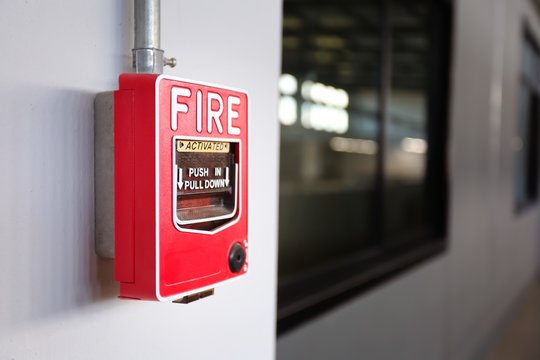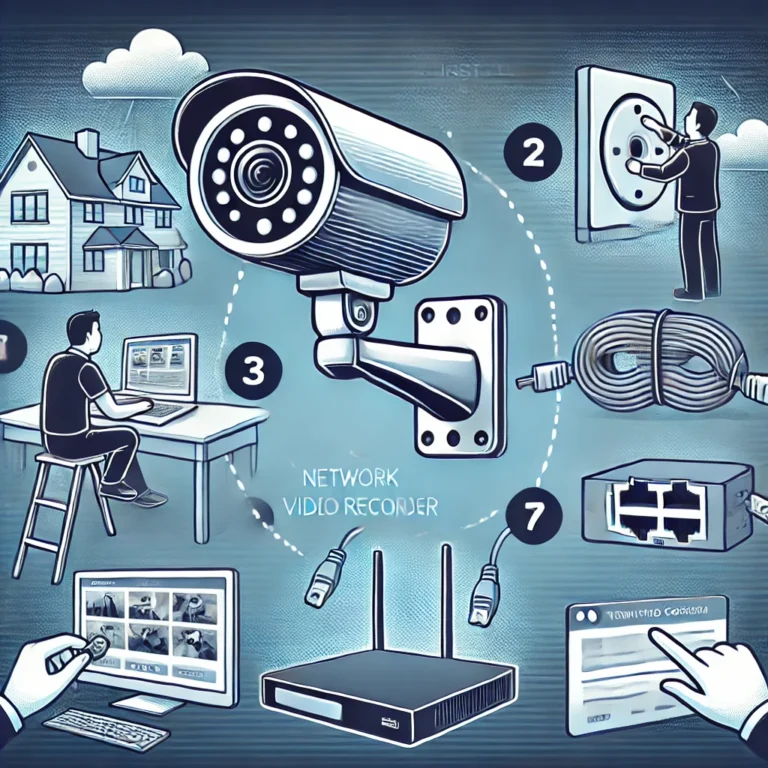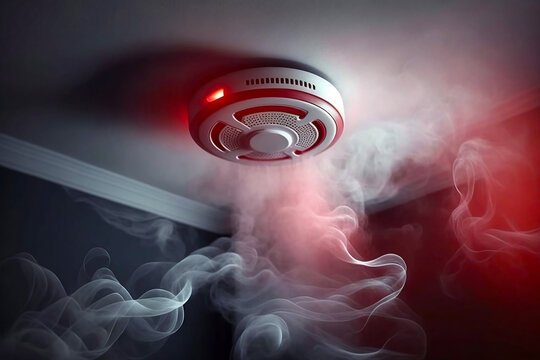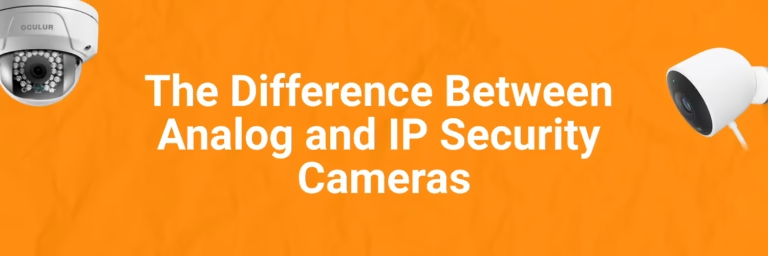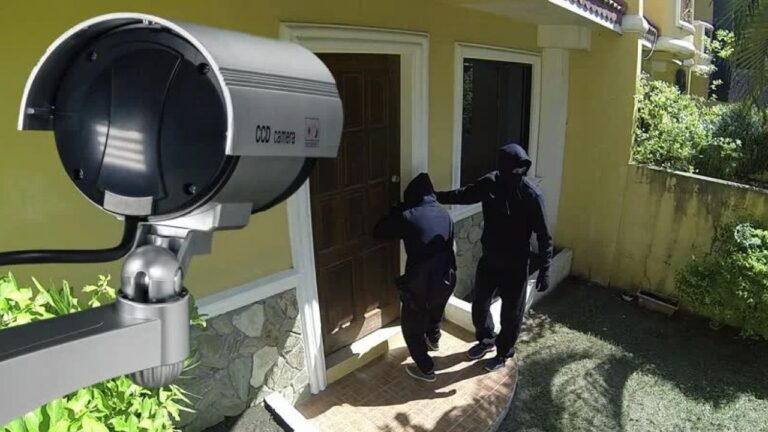How to Install Smoke Detectors: A Step-by-Step Guide
Installing smoke detectors in your home is one of the most crucial safety measures you can take to protect your family and property. Smoke detectors save lives by providing early warnings in the event of a fire, allowing you to take action quickly and safely. In this step-by-step guide, we’ll walk you through everything you need to know about installing smoke detectors.
Why Are Smoke Detectors Important?
Before we dive into the installation process, let’s briefly discuss why smoke detectors are so important.
Smoke detectors alert you to the presence of smoke or fire in your home, even when you might not be able to smell or see it. They can make a life-or-death difference, especially in the case of fires that break out while you are sleeping. According to the National Fire Protection Association (NFPA), the risk of dying in a home fire is cut in half in homes with working smoke detectors.
Types of Smoke Detectors
Before starting, it’s important to know that there are two main types of smoke detectors:
- Ionization Smoke Detectors: These detect fast, flaming fires, like those caused by paper or oil. They are quicker at detecting fires that emit smaller smoke particles.
- Photoelectric Smoke Detectors: These detect slow, smoldering fires, such as those that start in furniture. They are more responsive to larger smoke particles.
Some modern smoke detectors offer dual-sensor technology, combining both ionization and photoelectric sensors for a more comprehensive approach to fire detection.
What You’ll Need
Before you start, gather the following tools and materials:
- Smoke detector(s) (ensure they are UL-listed)
- Screws and wall anchors (usually come with the smoke detector)
- Drill and drill bits
- Screwdriver (Phillips head)
- Pencil or marker (for marking drill points)
- Ladder or step stool (if installing on the ceiling)
- Tape measure (optional, for proper placement)
Step-by-Step Guide to Installing Smoke Detectors
1. Choose the Right Location
Smoke detectors should be installed in key areas throughout your home. The NFPA recommends placing at least one smoke detector:
- Inside each bedroom
- Outside each separate sleeping area
- On every level of the home, including the basement
If you have a multi-story home, make sure to place detectors on each floor. Do not install smoke detectors in kitchens or bathrooms where humidity or smoke could trigger false alarms.
For optimal performance:
- Ceiling installation: Smoke rises, so the ideal place is on the ceiling, at least 4 inches away from any walls or corners.
- Wall installation: If you have to install a smoke detector on the wall, place it 4 to 12 inches below the ceiling.
2. Prepare the Mounting Surface
Once you’ve chosen the installation site, use a pencil or marker to mark where the smoke detector will be installed. Most detectors come with a mounting plate that needs to be attached first.
- Use a tape measure or ruler to make sure the detector is centered.
- Mark the locations for the screw holes on the ceiling or wall using your pencil.
3. Drill Holes for Mounting Plate
Now, it’s time to drill the holes for the mounting plate. You will typically need to drill into the ceiling or wall, depending on the material.
- For drywall: Use a drill with a bit slightly smaller than the wall anchors that came with the detector. Drill the holes at the marked locations.
- For concrete or wood surfaces: Use the appropriate drill bit and anchors to secure the mounting plate.
4. Attach the Mounting Plate
After drilling, install the wall anchors (if needed) into the holes. Then, use a screwdriver to attach the mounting plate to the ceiling or wall with screws.
Ensure the mounting plate is securely fastened and level, as the smoke detector needs to click into place on this base.
5. Connect the Smoke Detector to the Mounting Plate
Now it’s time to attach the actual smoke detector.
- Battery-operated detectors: These units are typically easy to install. Simply insert the required batteries into the smoke detector before attaching it to the mounting plate. Align the detector with the plate, then twist or click it into place until it locks.
- Hardwired detectors: If you’re installing a hardwired smoke detector (usually required in new homes), you will need to connect the wiring. Turn off the power at the circuit breaker before starting this step. Then, connect the wires according to the manufacturer’s instructions (typically black to black, white to white, and ground to ground). Secure the smoke detector to the mounting plate, making sure the wiring is properly connected and insulated.
6. Test the Smoke Detector
Once the smoke detector is installed, it’s crucial to test it to make sure it works properly.
- For battery-operated models, press the test button to ensure the alarm sounds. If you don’t hear anything, replace the batteries and try again.
- For hardwired models, turn the power back on at the breaker, then test the detector by pressing the test button.
You should hear a loud, clear alarm if the unit is functioning correctly. If not, check your connections or consult the user manual.
7. Set a Maintenance Schedule
Once your smoke detector is installed, don’t forget to maintain it!
- Test the detector monthly by pressing the test button.
- Replace the batteries at least once a year. A good rule of thumb is to replace the batteries when you change the clocks for daylight saving time.
- Replace the entire smoke detector every 10 years, as sensors wear out over time.
- Keep the smoke detector clean by gently vacuuming it every few months to remove dust and debris.
Final Thoughts
Proper installation and maintenance of smoke detectors are essential for keeping your home and loved ones safe. By following the steps outlined above, you can ensure that your smoke detectors are installed correctly and are functioning as they should.
Remember, smoke detectors are only effective if they’re installed in the right places and maintained regularly. If you’re unsure about installation, consider hiring a professional to help ensure your safety.
Stay safe, and make sure your smoke detectors are always working!



